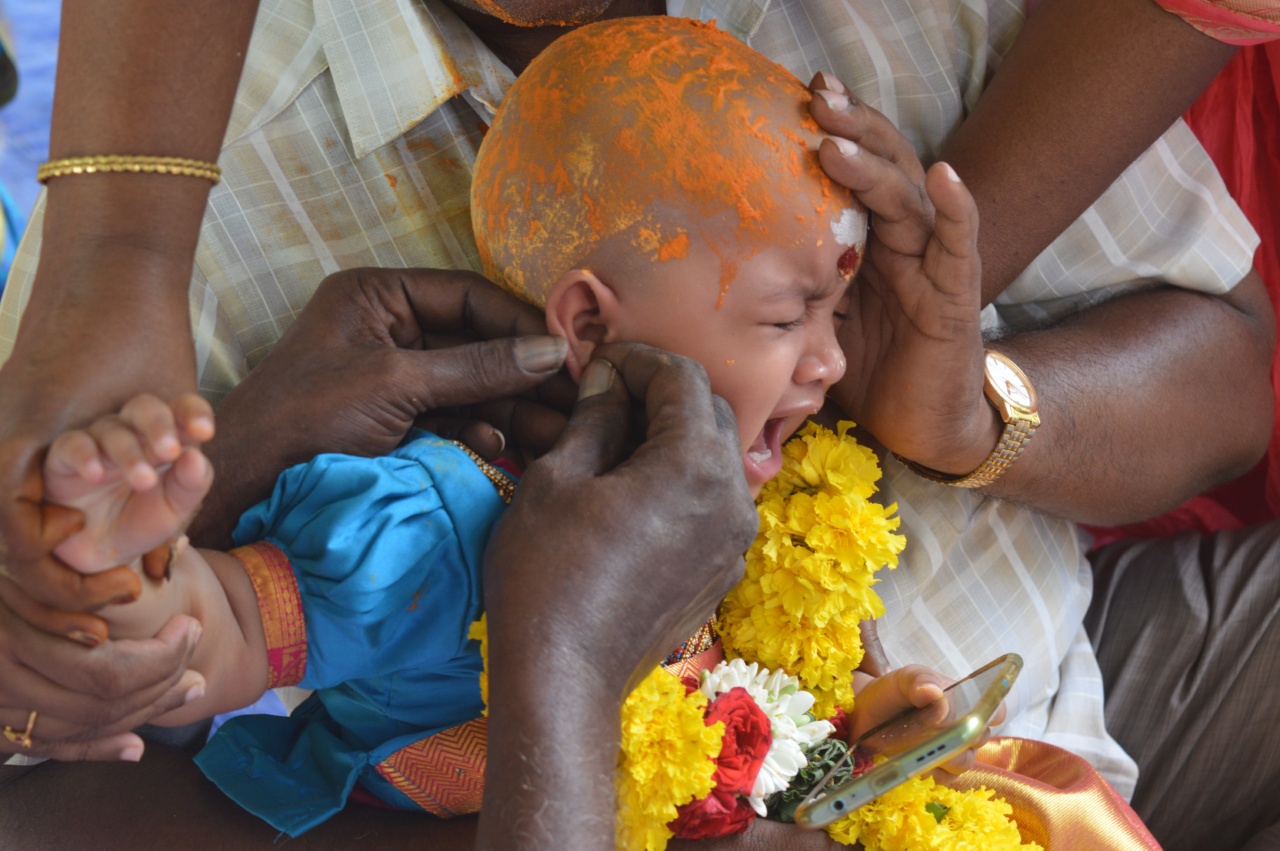Recurrent ear infections after tympanic piercing in children can be a concerning issue for parents and healthcare professionals alike.
While ear piercing is a common practice among many cultures, it is essential to consider the potential risks and complications associated with this procedure, especially in children. This article explores the causes, risk factors, and preventive measures to address recurrent ear infections post tympanic piercing in children.
1. Understanding Tympanic Piercing
Tympanic piercing, also known as ear cartilage piercing or helical rim piercing, involves creating an opening in the tough cartilage of the outer ear.
This type of piercing is often performed using a needle or a piercing gun and is popular among individuals who want to adorn their ears with various jewelry.
2. Potential Risks of Tympanic Piercing
While tympanic piercing is generally considered safe when performed by a professional using proper techniques and equipment, it is not without risks. Some potential risks associated with tympanic piercing include:.
- Infection: The opening created during the piercing procedure can introduce bacteria or other pathogens into the ear, leading to infection.
- Scarring: Improper aftercare or trauma to the pierced area can result in scarring or hypertrophic scar formation.
- Keloids: In individuals predisposed to keloid formation, tympanic piercing can trigger the development of raised, thickened scars.
- Damage to Cartilage: If the piercing is performed incorrectly or by an inexperienced individual, there is a risk of damage to the cartilage, leading to deformities or functional issues.
3. Recurrent Ear Infections in Children
Children are particularly prone to ear infections due to their smaller Eustachian tubes and weaker immune systems. Tympanic piercing can increase their susceptibility to recurrent ear infections.
The combination of a foreign body (e.g., piercing jewelry) and potential disruption of the protective skin barrier can create a more favorable environment for infection-causing bacteria to thrive.
4. Causes of Recurrent Ear Infections
Several factors contribute to the development of recurrent ear infections after tympanic piercing in children:.
- Poor Hygiene: Inadequate cleaning and maintenance of the piercing site can lead to the accumulation of bacteria and debris, increasing the risk of infection.
- Allergic Reactions: Some children may develop allergic reactions to certain metals used in piercing jewelry, leading to irritation and infection.
- Trauma or Tugging: Rough handling of the piercing or frequent tugging of the jewelry can cause irritation, inflammation, and subsequent infections.
- Contaminated Equipment: If the piercing equipment or jewelry used during the procedure is not properly sterilized or of low quality, it can introduce bacteria or other pathogens into the pierced area.
- Weakened Immune System: Children with compromised immune systems may be more susceptible to ear infections following tympanic piercing.
5. Preventive Measures
Preventing recurrent ear infections after tympanic piercing in children requires a combination of proper piercing techniques and diligent aftercare. Some preventive measures include:.
- Choosing a Professional Piercer: Ensure the piercing is performed by a qualified professional with experience in cartilage piercings.
- High-Quality Jewelry: Opt for hypoallergenic or biocompatible jewelry made from materials such as titanium or surgical-grade stainless steel to minimize the risk of allergic reactions.
- Strict Sterilization: Make sure all piercing equipment is properly sterilized before use.
- Cleanliness: Teach children proper hygiene practices, including regular cleaning of the piercing site with saline solution or prescribed aftercare solutions.
- Avoid Trauma: Instruct children to avoid touching or playing with the pierced area and discourage any activities that may lead to trauma or tugging of the jewelry.
- Regular Monitoring: Keep an eye on the pierced site for any signs of infection, such as redness, swelling, or discharge. Seek medical attention promptly if any concerning symptoms arise.
- Boosting Immune Function: Encourage a healthy lifestyle, provide a balanced diet, and ensure children receive essential nutrients to strengthen their immune system.
6. Recognizing Infection and Seeking Medical Care
It is crucial to recognize the signs of infection and seek medical care promptly if any concerns arise. Some common signs of an infected tympanic piercing include:.
- Increased redness and swelling
- Persistent pain or tenderness
- Warmth or heat around the piercing site
- Yellow or green discharge
- Fever or flu-like symptoms
If any of these symptoms occur, parents should consult a healthcare professional for proper diagnosis and appropriate treatment.
7. When to Remove the Piercing
In some cases, recurrent ear infections may persist despite proper preventive measures and medical intervention.
In such instances, the healthcare provider may recommend removing the piercing temporarily or permanently to allow the ear to heal and prevent further complications.
8. Education and Awareness
Parents and caregivers should be aware of the potential risks associated with tympanic piercing in children.
Educating oneself about proper piercing techniques, aftercare, and infection prevention measures can help minimize the likelihood of recurrent ear infections.
9. Conclusion
Recurrent ear infections after tympanic piercing in children can be a significant concern.
While tympanic piercing can enhance one’s appearance, it is essential to prioritize safety, proper aftercare, and infection prevention measures to reduce the risk of complications. By understanding the potential risks, recognizing the signs of infection, and seeking prompt medical care when necessary, parents can help ensure their children’s ear health and well-being.






























